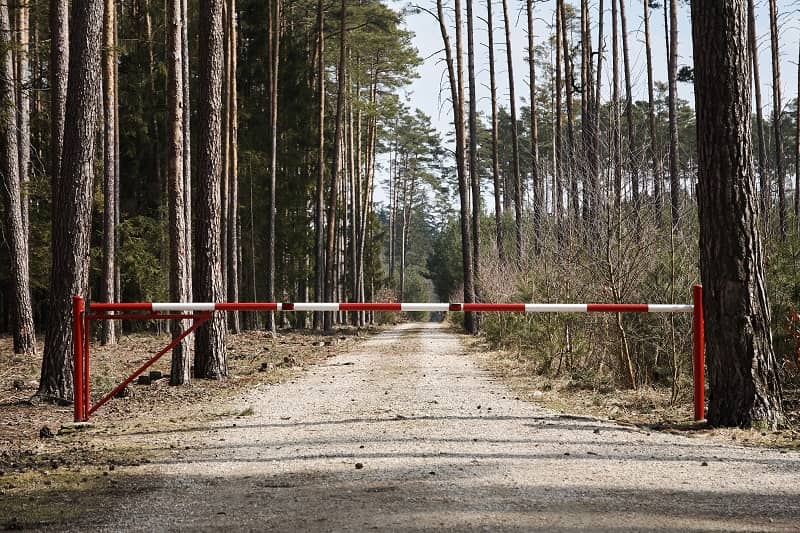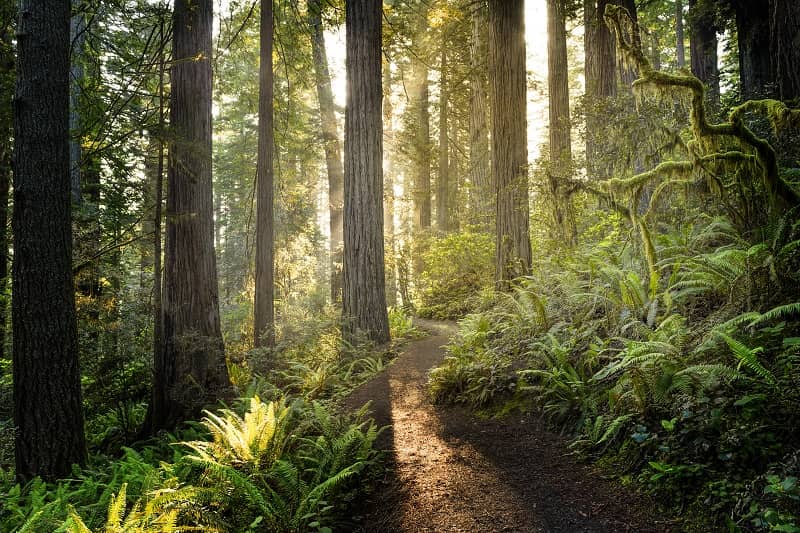

Reclaim Oregon’s Forests: We Can Manage
By Ben Shelton
Federal ownership of Oregon’s forests has failed. Oregon, like other Western states, has relied on federal agencies to manage the majority of its land. But it is now clear this century-long experiment has crippled our forests and rural communities. In spite of these hardships, federal bureaucrats add insult to injury with reports like the one released in late July by the Western Oregon Task Force, which offered “too little, too late,” according to Oregon’s congressional delegation. If Oregonians want this to change, we must abandon our deep-rooted faith in federal agencies, reclaim our forests, and manage what is ours.
The federal government owns 18.2 million acres of Oregon’s 30 million acres of forestland. A recent study released by the Oregon Forest Resources Institute points out that many of these forests are “sick and require immediate help.” Many are overcrowded and subject to devastating fires and insect infestations. Add to this that The Oregonian reported in June that the Spotted Owl population continues to drop, despite 20 years on the endangered species list. In addition to environmental concerns, once-thriving rural communities now rely on the uncertain arrival of federal timber payments to fund essential services. Meanwhile, Congress and the responsible federal agencies remain gridlocked amid competing special interests with no incentive to improve the system or to cede land back to local authority.
The federal ownership experiment began 100 years ago and was flawed from its beginning. In a wave of good-willed progressive politics, Americans abandoned the constitutional practice of entrusting territorial lands to new states and settlers in response to land fraud and corruption. Instead of seeking better law enforcement and honest land distributions, President Theodore Roosevelt crafted a new policy that put huge amounts of unsettled landscapes in federal hands.
Oregonians affirmed the plan without hesitation. A 1907 article in The Oregonian summarized the hope: “The forestry policy of the National Government, more popularly known as President Roosevelt’s forest policy, is all that stands in the way of ultimate annihilation of the American forests.” This opinion prevailed across Oregon.
Now, some are questioning that logic and realizing that Oregonians have the ability, and should have the responsibility, to take care of all our forests. In 2005, the Oregon Legislature acknowledged the problems in federal forests and urged the Oregon Department of Forestry to address the issue. As a result, the Federal Forestland Advisory Committee was created. In 2008, after three years of collaboration, the Committee proclaimed the critical need for local action and decision making to sustain a healthy forest system. Despite these findings, 60% of Oregon’s forests remain locked in federal control beyond the reach of local management.
Most Oregonians listen apathetically to this narrative, if they listen at all. Some listen but still choose to support federal ownership out of habit or special interest. But if we sincerely want to preserve our forests, wildlife and rural communities, these attitudes must change. We need to bring decisions about Oregon’s forests back to Oregon – back to the people who live among the landscapes of this state.
Ben Shelton is a research associate at Cascade Policy Institute, Oregon’s free market public policy research organization.











